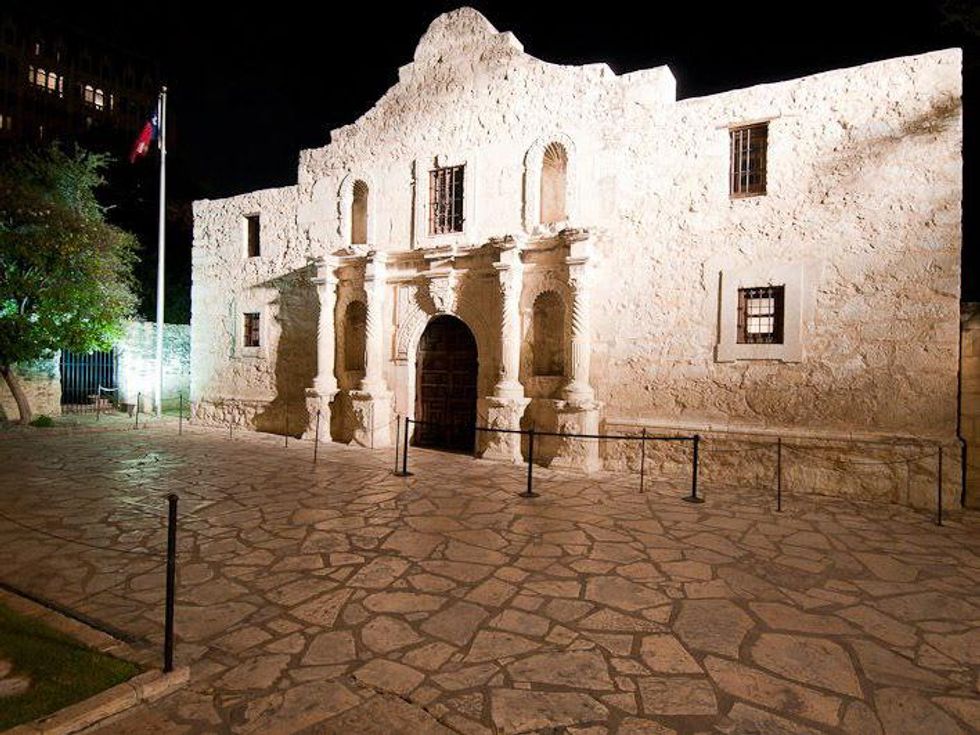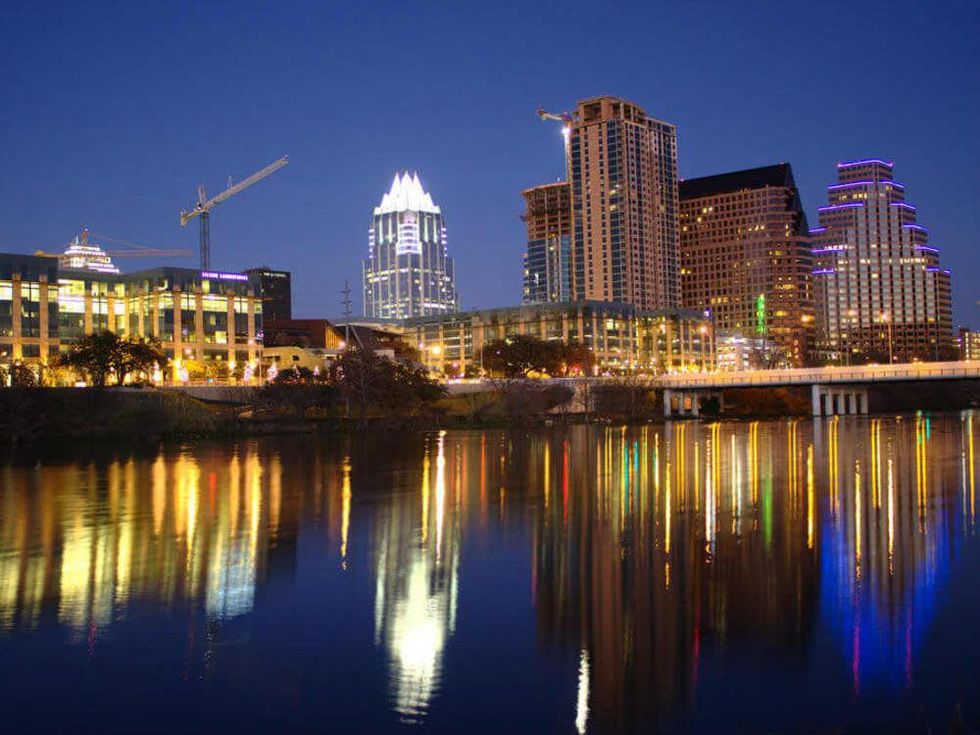Austin-Alamo City Combo?
Could Austin and San Antonio be the next Dallas-Fort Worth?
A busy 80-mile stretch of I-35 connects Austin and San Antonio, with flourishing suburbs like Buda, Kyle, San Marcos and New Braunfels sitting between them. Yet, even though Austin and San Antonio are fairly close physically, they’re not fully linked economically or psychologically.
Both the Austin and San Antonio metro areas boast booming populations; while faster-paced Austin is celebrated for its tech, music and college scenes, slower-paced San Antonio is hailed for its tourism, healthcare and military sectors. If anything, Austin and San Antonio may be friends, but they don’t hang out much in the same social circles.
Some observers expect Austin and San Antonio to ultimately be wed like Dallas-Fort Worth, San Francisco-Oakland and Baltimore-Washington, D.C. Other experts aren’t ready to set an Austin-San Antonio wedding date just yet, though.
Austin entrepreneur, author and speaker Gary Hoover thinks that by 2050, the U.S. Census Bureau will label Austin and San Antonio as a mega-metro area like Dallas-Fort Worth, whose population exceeds 6.7 million. “Just the natural growth of the two cities will cause them to collide,” Hoover said. “Together, we’d be even more vital.”
The place where they’ll “collide” is the border of Hays and Comal counties. Given that it’s about halfway between Austin and San Antonio, San Marcos — the largest city in Hays County and home to Texas State University — essentially would be the epicenter of a 13-county mega-metro.
Based on current population figures, 4 million residents would live in an Austin-San Antonio combo — 1.8 million in the Austin part and 2.2 million in the San Antonio part. If projections turn out to be correct, the population of an Austin-San Antonio mega-metro would be 4.5 million in 2030 — 2.2 million in the five-county Austin area and 2.3 million in the eight-county San Antonio area.
An iconic “shared” project, such as a regional airport, would make a big difference in speeding up the union of the Austin and San Antonio areas, according to Hoover. A proposed high-speed rail line between the two cities could also help trigger mega-metro status, he said.
“To my mind, the single most influential event that would propel the coming together of these two great cities is high-speed rail,” said Ryan Robinson, the City of Austin’s demographer. “Imagine stepping on a train in downtown Austin and seeing the Alamo out the train window about 30 minutes later. Talk about time-space convergence.”
Ross Milloy, president of the nonprofit Greater Austin-San Antonio Corridor Council and a key booster of high-speed rail between the two cities, thinks official designation of Austin-San Antonio as an area like Dallas-Fort Worth eventually will happen. But the Census Bureau won’t give the nod until each city swaps at least 15 percent of its workers on a day-to-day basis, he said. High-speed rail would accelerate that exchange of commuting workers.
Milloy said the Austin-San Antonio connection could be spurred further by the presence of high-speed Google Fiber service in both places, enabling collaboration, for instance, between each city’s medical sector. Currently, Austin is the only Texas city set to get Google Fiber.
More than anyone else, politicians and bureaucrats stand in the way of a true Austin-San Antonio marriage, according to Hoover. “Governments and their perceptions of boundaries are the slowest-moving parts of our culture and society. They have too much power to lose,” he said.
While Hoover forecasts the birth of an authentic Austin-San Antonio fusion, Robinson isn’t convinced it will transpire. Austin and San Antonio remain culturally, economically and demographically far apart, Robinson said. Not to mention that the two cities are 80 miles apart, compared with a 30-mile gap between Dallas and Fort Worth.
“I’d be really surprised to see Austin and San Antonio collectively begin to resemble the DFW urban cluster,” Robinson said. “But I do expect them to become far more interrelated than they’ve been in the past.”
Steve Murdock, former head of the Census Bureau, and Lloyd Potter, the Texas state demographer, share Robinson’s view. Potter said it’s unlikely that the “growing together” of Austin and San Antonio will match the stature of Dallas-Fort Worth, the country’s fourth largest metro area.
“The economies and the labor force characteristics of Austin and San Antonio are fairly different,” Potter said. “It is quite likely that as the areas become more integrated economically, the relative strengths of each and the diversity represented will result in seeing the Austin-San Antonio economy as one, with many strengths and not one just with concentrated strengths in one or two sectors.”
Now a sociology professor at Rice University in Houston, Murdock said a fundamental difference between the Austin-San Antonio corridor and Dallas-Fort Worth is their roadway systems. While several major highways unify the Dallas-Fort Worth area, I-35 is the only major highway that directly ties Austin to San Antonio.
Murdock said he does think the bond between Austin and San Antonio will continue to strengthen, “but the extent to which they will become interdependent is more difficult to predict. They have very different economies based on different industries.”
Even as the two pillars of a potential mega-metro area, Austin and San Antonio will always retain unique identities, as each place possesses “too many cultural distinctions for it to all merge into the blandness of DFW,” said Milloy, the corridor council leader.


